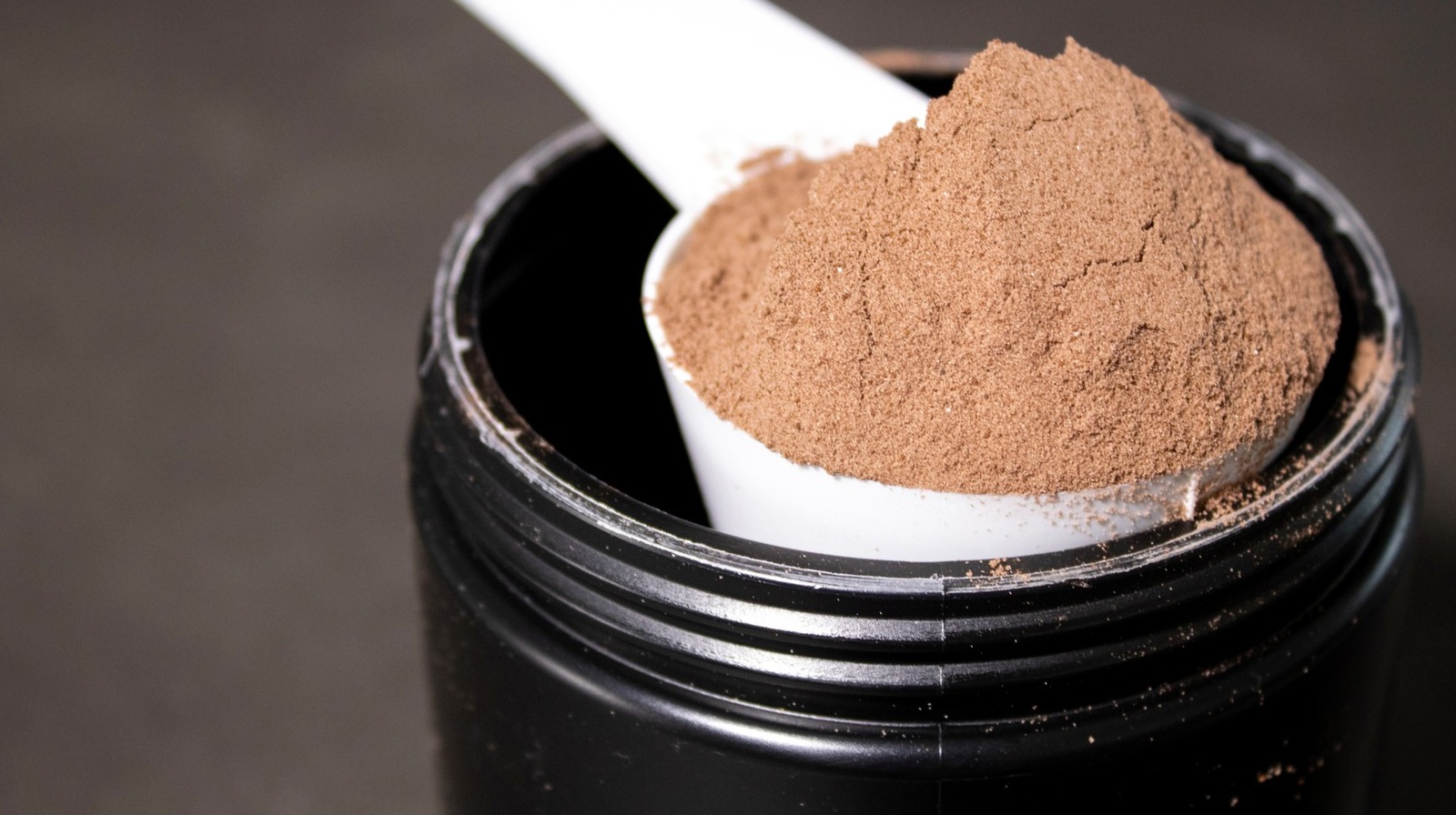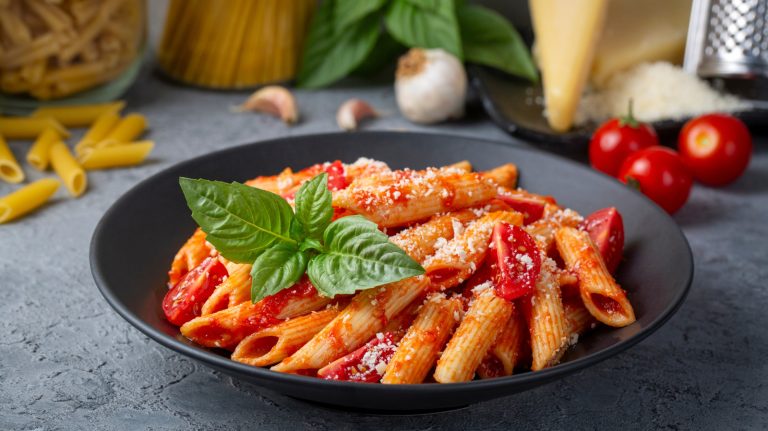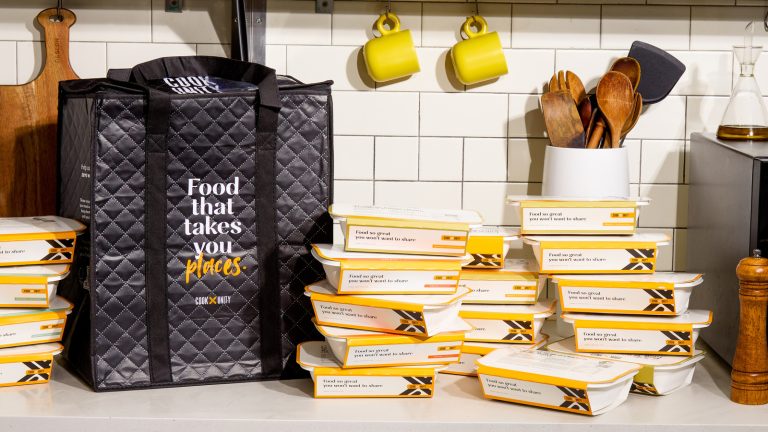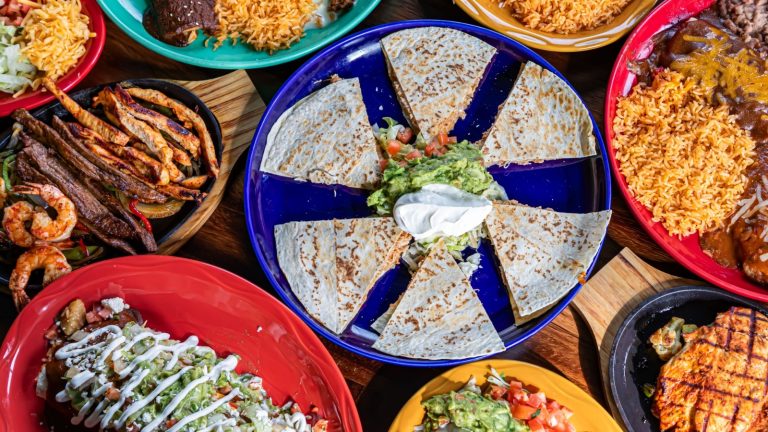We may receive a commission on purchases made from links.
Scanning the shelves of most grocery stores, you’ll find sections dedicated to chocolate milk or powders to make instant versions of the tasty treat. People have been enjoying chocolate drinks for centuries, but mass-market powdered drinks only started popping up in the 20th century. One of these early chocolate brands, Toddy, started out as an American invention that found greater popularity in Latin America than it did in the United States.
Toddy began as a canned malt chocolate beverage, not to be confused with the whiskey-based hot toddy. In 1919, James William Rudhard invented the drink after spending years serving American troops in World War I. His idea was to create a drink with the nutritional value of food. Toddy came in a can, describing it as “the original chocolate and malt flavored food drink,” with the option to be prepared hot or cold. After finding success in the U.S., Rudhard expanded his market to Mexico and beyond. Store-bought chocolate milks taste better than homemade, they’re easy to prep, and they’re affordable, but Toddy still couldn’t compete stateside.
Toddy started to fade out of the U.S. as Nestlé became a dominant chocolate producer with Nesquik under its belt. Nestlé brands certainly spread throughout Latin America as well, but Toddy kept enough loyal fans for it to still be sold today under the PepsiCo umbrella. The drink found its biggest fans in Brazil, Argentina, and Venezuela.
Why you might have grown up with Toddy in your pantry
Toddy are comfort food items for many, as some kids grew up stirring powder into a glass of milk after a long day at school. Children who spent their days learning and playing needed nutrition to thrive, and these chocolate products often promoted health benefits in their advertisements. Cartoon characters like Popeye might’ve encouraged kids to eat canned spinach, but vintage Toddy commercials came with athletic mascots like “Rodeo Joe” and “Fearless Fred,” who attributed their feats to chocolate drinks. Competitors like Choco Milk and Milo shared similar marketing sentiments by including athletes and spunky mascots to show the nutritional qualities of their products.
Chocolate milks weren’t just a fun treat — they were also a way to keep people fed. For children in low-income households, these beverages were a convenient solution to pack in extra vitamins when other, more nutritious food options were less accessible. While chocolate milk isn’t an adequate meal replacement for most, Toddy left its reputation as a “drinkable food” to become a nostalgic treat for several people across the Americas. Depending on how tariffs change grocery shopping, it might be possible to order Toddy online or find it at an international grocery store near you.






